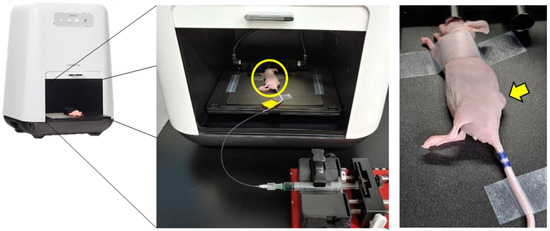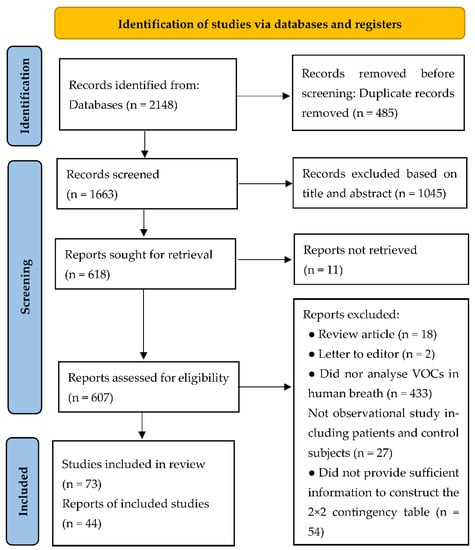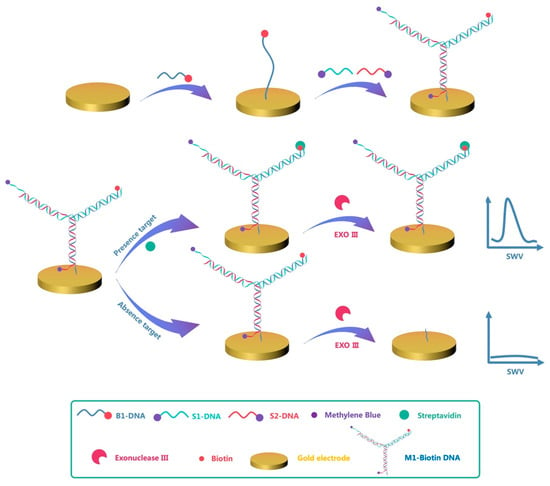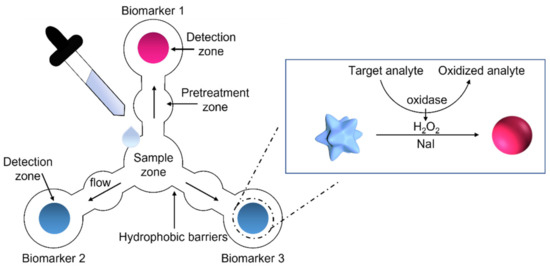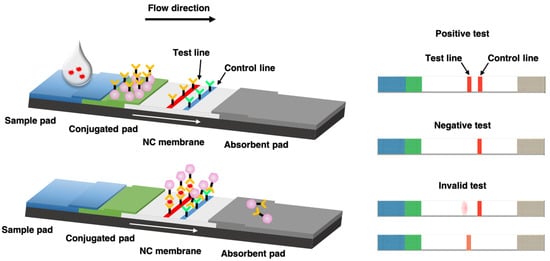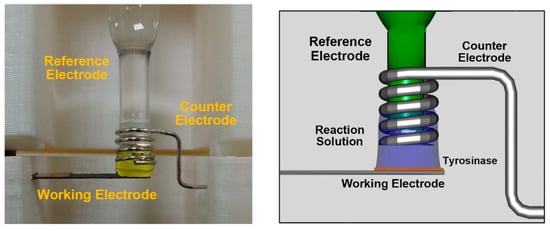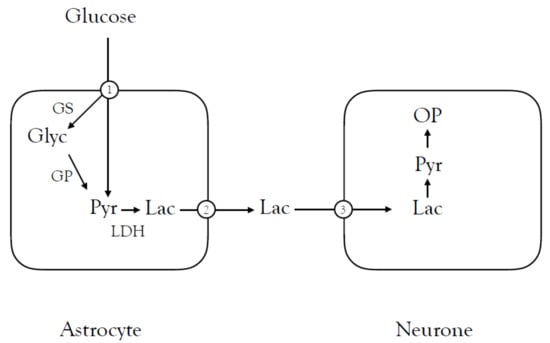Novel Sensing System for Biomedical Applications
A topical collection in Biosensors (ISSN 2079-6374).
Viewed by 41157Editors
Interests: biointerface science and technology; biomaterials; biophotonics; biosensors; bioelectronics; soft condensed matter; biological physics
Interests: electrochemistry; interfacial technology; biosensors and biosensing systems; biomimetic and nanobiomedical material
Topical Collection Information
Dear Colleague,
Diagnostics is important to discover, verify, and justify the occurrence, progression, and recovery from human diseases. It is also being increasingly adopted for the guidance of patient management from diagnosis to treatment in many human diseases, such as cardiovascular diseases, cancers, infectious diseases, congenital abnormalities, and much more. For example, from last winter to date, the emerging pathogen, i.e., SARS-CoV-2, spread rapidly across the world. Sensitive, accurate, rapid, and cost-effective sensing methods are being highly demanded to prevent the further spreading of virus or pathogens. The increasing need for information and to understand the mechanisms underlying disease development have led to rapid expansion in the development of biomarkers and sensing technologies in clinics and laboratories. Biosensing technology has been proven to play pivotal roles in a variety of biomedical applications and fuel the growth of telemedicine, e-Health, and e-Hospitals. Modern biosensors also exhibit great potential to be integrated into electronic healthcare monitoring systems to increase healthcare workforce scarcity.
The aims and scope of this Special Issue of Biosensors will focus on themes captured in the title, Novel Sensing Systems for Biomedical Applications. This issue is intended to cover but not limited to the aspects of modern development of biosensing technologies, such as photoacoustic imaging (PAI), optical coherence tomography (OCT), fluorescent diagnosis and Raman spectroscopy, interfacial technologies, electronic devices, point-of-care devices and systems and their biomedical applications in laboratories or in clinics, etc. However, there are still many challenges to applying these analysis techniques to clinical or even point-of-care testing. Therefore, we strongly encourage the submission of articles on biosensing applications in biomedical analytical sensors research to promote the development of early diagnosis and precision medicine.
Prof. Dr. Chia-Ching Chang
Prof. Dr. Chiun-Jye Yuan
Prof. Chih-Chia Huang
Collection Editors
Manuscript Submission Information
Manuscripts should be submitted online at www.mdpi.com by registering and logging in to this website. Once you are registered, click here to go to the submission form. Manuscripts can be submitted until the deadline. All submissions that pass pre-check are peer-reviewed. Accepted papers will be published continuously in the journal (as soon as accepted) and will be listed together on the collection website. Research articles, review articles as well as short communications are invited. For planned papers, a title and short abstract (about 100 words) can be sent to the Editorial Office for announcement on this website.
Submitted manuscripts should not have been published previously, nor be under consideration for publication elsewhere (except conference proceedings papers). All manuscripts are thoroughly refereed through a single-blind peer-review process. A guide for authors and other relevant information for submission of manuscripts is available on the Instructions for Authors page. Biosensors is an international peer-reviewed open access monthly journal published by MDPI.
Please visit the Instructions for Authors page before submitting a manuscript. The Article Processing Charge (APC) for publication in this open access journal is 2700 CHF (Swiss Francs). Submitted papers should be well formatted and use good English. Authors may use MDPI's English editing service prior to publication or during author revisions.
Keywords
- Biomarkers sensing
- Bioimaging
- Antibody for virus detection
- Aptamer for protein or biomolecules detection
- Novel biosensing instrumental developments
- Biosensing for novel diagnosis method
- Flexible, printable, and biocompatible sensors and systems
- New optical analysis technology
- Nanoparticle-enhanced selectivity and sensitivity
- Nanoparticles-assisted signal enrichment system
- Biosensor for real-time monitoring
- Single molecular detection
- Biosensor for point-of-care analysis








